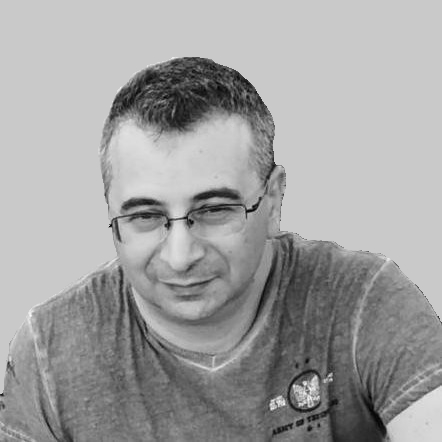
Unlock Your Automation Potential with Beeptoolkit
IDE and controller into a single core
Intuitive interface for entering simple instructions for controlling the software controller, as well as an R&D laboratory simulator.
Support for plug-and-play hardware with binary control logic
Conventional, inexpensive device and sensor drivers that can solve any automation and robotics tasks.
Visual programming without code
Beeptoolkit allows both indie developers and R&D teams to work more efficiently by minimizing the need to write complex code, making it suitable for professionals from various fields working on creating modern robots.
Learn more about Beeptoolkit
Discover how Beeptoolkit simplifies automation and robotics development with its intuitive visual programming environment, making advanced solutions accessible to everyone.
How does this work
Beeptoolkit shifts the focus from "programming skills" to "problem solving skills." Users can now automate processes or create automatics or robotics without spending time learning complex languages.
Supporting a wide range of industries.
Beeptoolkit is a versatile and high-speed automation development platform that can be adapted for use in a wide range of industries from agriculture to space missions, thanks to its versatility, reliability and intuitive architecture.
Join our community
Beeptoolkit community is a community of professionals, enthusiasts, and developers united by the idea of democratizing automation and robotics. Its key goal is to provide everyone with access to simple, intuitive development tools that allow them to create complex algorithms without the need for deep programming knowledge.


Beeptoolkit Charter: “Anyone Can Build”
Developers of IDEs, through the lens of their understanding of tool-related problems, uphold the philosophy that the development of a core product- as a process of automation -should be accessible to everyone. This “charter” replaces complex programming concepts with simple, intuitive actions, allowing anyone with an idea to take part in the process.
There are few independent developers who haven’t dreamed of creating their own IDE.
What inspired me to take this step? In short – irritation and curiosity.
For many years, I worked in automation, embedded systems, and low-level logic, and I kept seeing the same problem: simple ideas were getting stuck in excessive complexity. You either had to use heavy proprietary PLC abstraction software or write and compile firmware in C just to toggle an output pin – basically, to blink a couple of LEDs based on a sensor signal. For industrial systems, that’s acceptable, but for building something from scratch – from idea to prototype – it’s a nightmare, especially when it’s a team project in an unfamiliar domain or with a supervisor who insists on doing things their way.
I wanted to create a tool where engineers – or even students -could describe logic visually and modularly, without losing control. Something like a breadboard, but in software: you connect inputs, define states, add actions – and it works. No cloud dependency, no vendor lock-in, no steep learning curve.
Over time, this idea evolved into a logical IDE with a built-in soft logic controller, DFSM logic blocks, GPIO control via USB, and eventually integration with iA models for automatic generation of documentation, wiring diagrams, and logic templates.
Ultimately, I achieved tangible results. In my case, this wasn’t an attempt to replace the programming process itself, but a way to accelerate R&D iterations – so that more people could test their ideas, build real systems, and free up their resources from routine work in favor of algorithmic and conceptual optimization.
